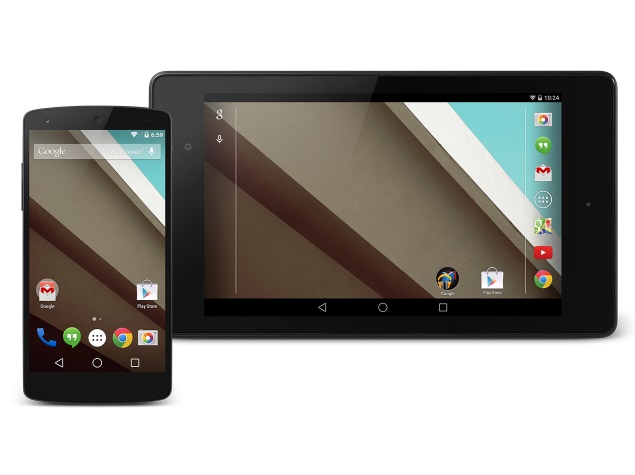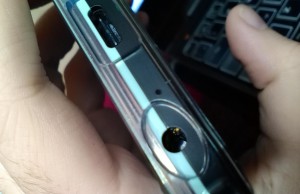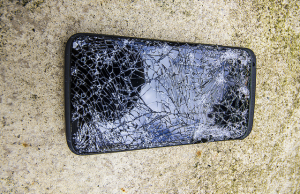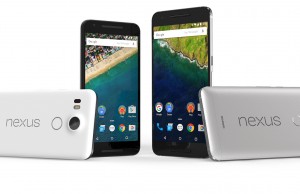Google Releases New Build Update of Nexus 5 Android L
 Google this week updated its Android L for the Nexus 5 and Nexus 7, bumping the build from version LPV79 to LPV81C.
Google this week updated its Android L for the Nexus 5 and Nexus 7, bumping the build from version LPV79 to LPV81C.
While this is a minor update, it still introduces some new features that Android fans and users should take notice of. The folks at Android Police first noticed the change, noting the introduction of Google Fit (found in the download page). Google appears to be taking a page from Samsung by focusing on health/fitness-oriented apps.
Google Fit, which was added to Android L in the latest update, is an open platform that allows users to control their fitness data. In addition to this latest Android L build update, Google also released the Google Fit software developers kit (SDK). This kit, which is free to download and use, allows developers to code and create their own health/fitness apps.
Android L factory images are available for the Nexus 5 and Nexus 7. These images are not available as over-the-air (OTA) updates, however, meaning you’ll have to flash the device to add it. It’s a somewhat technical process that should only be done by experienced developers, as it could result in a permanent loss of data.
Other than the addition of Google Fit, there aren’t any other major changes (that we know of) added to Android L. It’s quite possible that build LPV81C is designed solely to introduce Google Fit and possibly plug up some security vulnerabilities and bugs.
Android L is gearing up to be one of the largest Android updates of all times. While its still months away from being released, Google is encouraging developers to create compatible applications. One of the reasons why Android is the leading mobile OS is because of its strong base of loyal, driven developers. By releasing Android L SDK early, developers will have plenty of time to create brilliant apps for Google’s upcoming Android L OS.
“The Android L Developer Preview includes support for material design apps. Material design is a comprehensive guide for visual, motion, and interaction design across platforms and devices. To use material design in your Android apps, follow the guidelines defined in the material design specification and use the new components and functionality available in the Android L Developer Preview,” wrote Google on its Android.com website.
Android L will introduce a new Material user interface design, updated Chrome web browser, improved runtime, greater RAM support, and more.
Are you looking forward to Android L? Let us know what you think in the comments section below!









